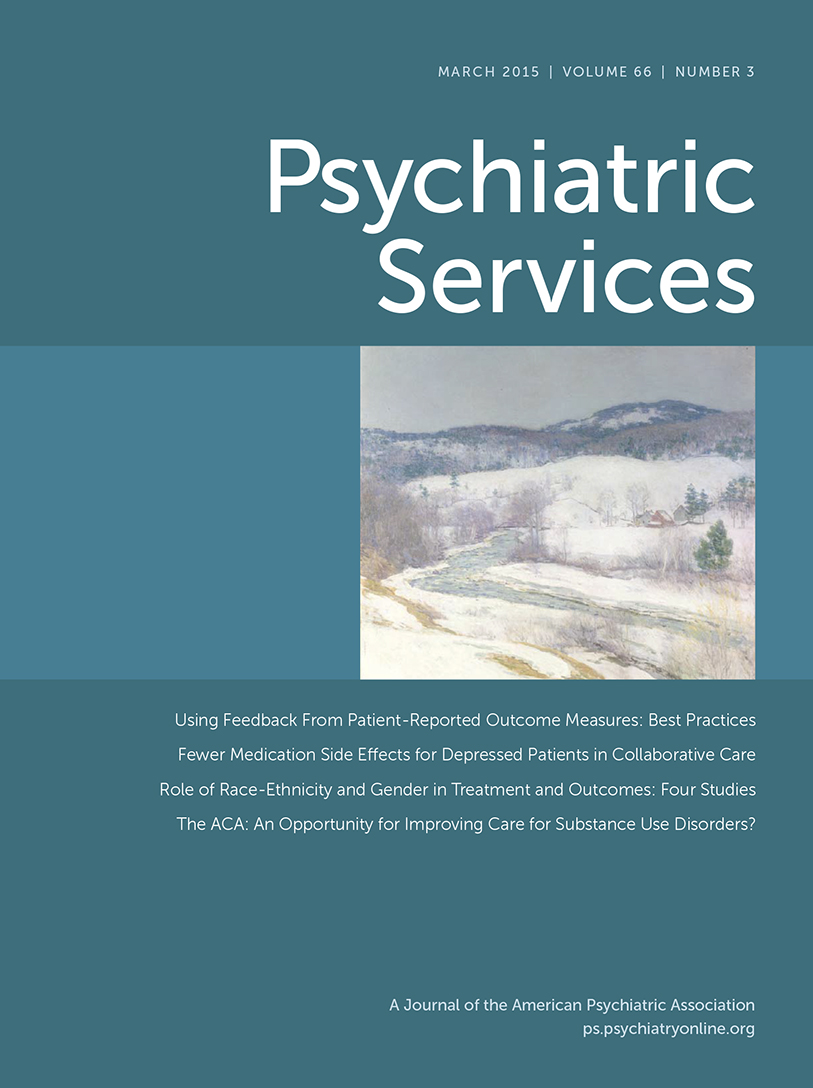The Role of Gender in Moderating Treatment Outcome in Collaborative Care for Anxiety
Abstract
Objective:
The aim of this study was to test whether gender moderates intervention effects in the Coordinated Anxiety Learning and Management (CALM) intervention, a 12-month, randomized controlled trial of a collaborative care intervention for anxiety disorders (panic disorder, generalized anxiety disorder, posttraumatic stress disorder, and social anxiety disorder) in 17 primary care clinics in California, Washington, and Arkansas.
Methods:
Participants (N=1,004) completed measures of symptoms (Brief Symptom Inventory [BSI]) and functioning (mental and physical health components of the 12-Item Short Form [MCS and PCS] and Healthy Days, Restricted Activity Days Scale) at baseline, six, 12, and 18 months. Data on dose, engagement, and beliefs about psychotherapy were collected for patients in the collaborative care group.
Results:
Gender moderated the relationship between treatment and its outcome on the BSI, MCS, and Healthy Days measures but not on the PCS. Women who received collaborative care showed clinical improvements on the BSI, MHC, and Healthy Days that were significantly different from outcomes for women in usual care. There were no differences for men in collaborative care compared with usual care on any measures. In the intervention group, women compared with men attended more sessions of psychotherapy, completed more modules of therapy, expressed more commitment, and viewed psychotherapy as more helpful.
Conclusions:
These findings contribute to the broader literature on treatment heterogeneity, in particular the influence of gender, and may inform personalized care for people seeking anxiety treatment in primary care settings.



